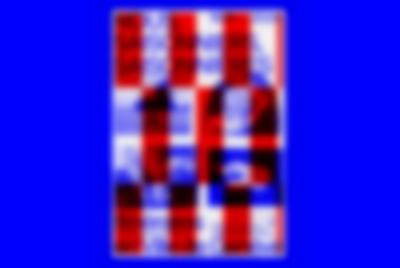We Guest Workers
1931 — 2024
19.09.2024–27.09.2026
This project is part of a process of remembrance that was launched in 2019 with the show titled Nous, saisonniers, saisonnières… (We Guest Workers). Originally mounted at Le Commun (Geneva, 2019), Nous, saisonniers, saisonnières… was shown some three years later in 2022 at the New Museum Biel (NMB, Biel/Bienne). Nous, saisonniers, saisonnières… brought to light a controversial episode from Swiss history and contributed to a better understanding of the material conditions and challenges confronting women and men holding a permis A, the Swiss permit issued to guest workers. By combining a range of approaches involving history, memory, and art, the show placed highlighted what guest and migrant workers had to say about themselves and their situation.
With the hope of encouraging an older generation to pass on its memories, experience and wisdom to younger ones, Nous, saisonniers, saisonnières… also tried to foster a dialogue within families that had been formed by seasonal migration. The show gave those who had lived through this traumatic episode the chance to talk about it, often for the first time among several generations. While young people became aware of what their elders had experienced, former guest workers shared these moments with their immediate family, using the multitude of documents and personal stories on display as the starting point for their own accounts.
To extend this work of memory and assure that these stories and anecdotes have a lasting impact, Archives contestataires, the Collège du travail, and Rosa Brux, acting on an initiative of the City of Geneva, would like to add a new dimension to the exhibition by adapting it to public space.
How does one adapt a show to the dimensions of an entire city? How can one get across to the public that the history of guest workers does not sound just a single note but rather contains a whole chorus of voices and resonates more than ever with the issues we are facing today?
Tapping into the growing interest art practices are finding in the politics of remembrance, Nous, saisonniers, saisonnières… has developed a cross-disciplinary approach that exists where art and the social sciences meet. It draws inspiration especially from the formal strategies launched by REPOhistory, a group made up of artists, writers, and historians that exhibited in the 1990s the neglected stories of communities from specific neighborhoods of Manhattan.
Exploring the narrative and formal possibilities of urban space, the exhibition in Geneva involves signs installed at 14 specific sites around the city. Coupled with an online platform that can be used from a smartphone, the signs provide access to site-specific audio stories that range from first-person accounts and individuals’ private records to historical documents and dives into the past.
To display in public the past of male and female guest workers makes their voices resound at the very heart of the city and invites residents to take a fresh look at Geneva and the immigration of yesterday and today.
With the support of





